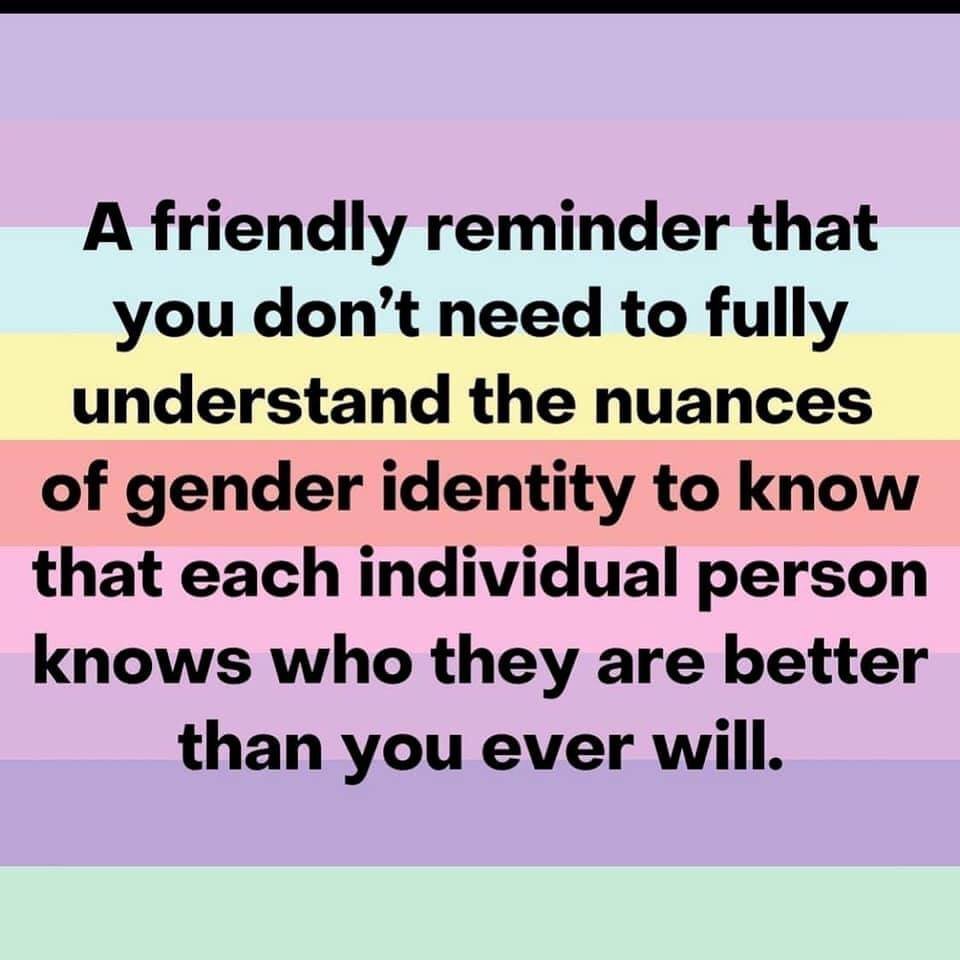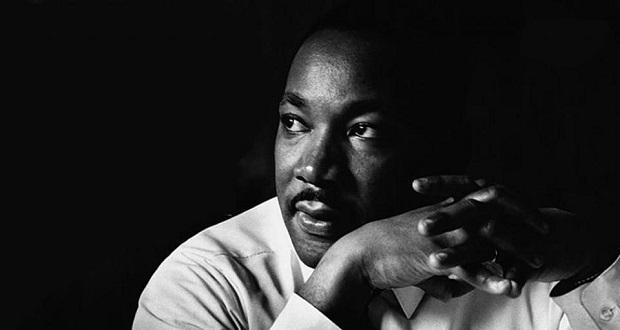This time of year feels like a time of transition, gratitude, awakening, and connection — to self, others, to nature, and to ways we can be held. There remains considerable grief and pain in the collective around us. This may bring a rush of sensations — discomfort, stress, and urgency around what remains unfinished. Or maybe, calm is present, or it can be invited in. Can you pause here to slow down? To catch your breath.
It has been a challenging few years — a meandering and confusing time. People have given a lot. Held a lot. And there is much more. Undone. Unprocessed. Unsaid. Unraveling. Growing.
In society and in our workplaces, as people interact, vote for/against policies in local elections, and make decisions for themselves and their teams, remember how when a small pebble is dropped, the water ripples out beyond.
You may be feeling and holding a lot, and so are others.
I believe many people want to have a positive impact and at the same time, have been taught to minimize/ignore differences and the depths of diverging and shared histories. Until more of us can be with those histories and our diverging and shared realities today, I feel we miss something core to our humanity.
People want to have a positive impact and at the same time, have been taught to minimize/ignore differences. Until more of us can be with our diverging and shared realities, we miss something core to our humanity. Share on XOne way to seek to bring more awareness and intentionality to our interactions is to cultivate intercultural competence.
- Intercultural Competence (IC)*: Building our capability to shift perspective and effectively adapt behavior to cultural difference and commonality, helping us be more responsive and attentive to people’s needs.
- Culture*: The shared values, norms, beliefs, agreements of any group of interacting people; taught and passed on explicitly and implicitly. For instance, this may be based on shared identity around race, ethnicity, religion, gender, etc.
So, how can you apply an intercultural approach?
It is helpful to understand what you pay attention to, and what you were taught to ignore/minimize. These observations do not need to come with judgement — rather an awareness about how we have differences and similarities with others and how this shapes our perspectives, experiences, and access to ways to meet our needs.
It is helpful to understand what you pay attention to, and what you were taught to minimize. These observations do not need to come with judgement — rather an awareness of how this shapes our perspectives. Share on XFolks, especially who are part of dominant/advantaged identity groups in society, may not realize the extent to which they may be operating from within their own cultural worldview as a standard for all interactions, policies, and systems.
It is important to start noticing this more. Again, not bad or good, but awareness-building as an important part of broader capacity and skill-building for leaders.
What’s coming up? Pause. Notice.
As you consider building your awareness, consider this image reposted from Facebook. It reads: “A friendly reminder that you don’t need to fully understand the nuances of gender identity to know that each individual person knows who they are better than you ever will.”
Ask yourself:
How often do you (actually) lead and listen to others with the view that they are the experts in their own experiences?
Ask yourself: How often do you (actually) lead and listen to others with the view that they are the experts in their own experiences? Share on XIt seems like “well, of course” but so often the reality is less ideal; we are deeply steeped in our own points of view.
Focusing on this above message may encourage you to get more curious about others and to practice setting aside your worldview filter (and the stereotypes and assumptions that go with it) while you’re at it.
When we are in trying situations in the coming weeks, consider:
- What is important about this to this other person?
- How is this different/like what I was taught to think?
- Am I in my head, rather than “over there” with someone? How am I trying to understand what they are sharing?
- What internalized assumptions and ideas (i.e., white body supremacy) are shaping this experience?
*Thoughts shaped by my work conducting the IDI® and influenced by other IDI® practitioners, Milton J. Bennett, and IDI® LLC.




















